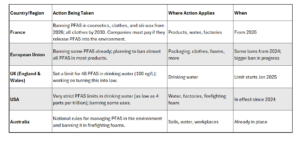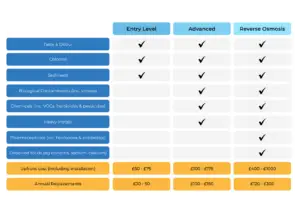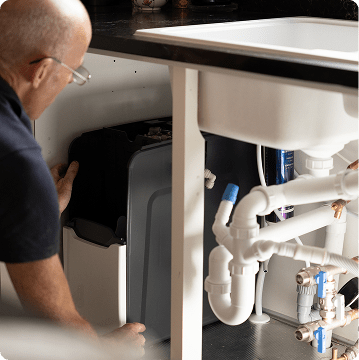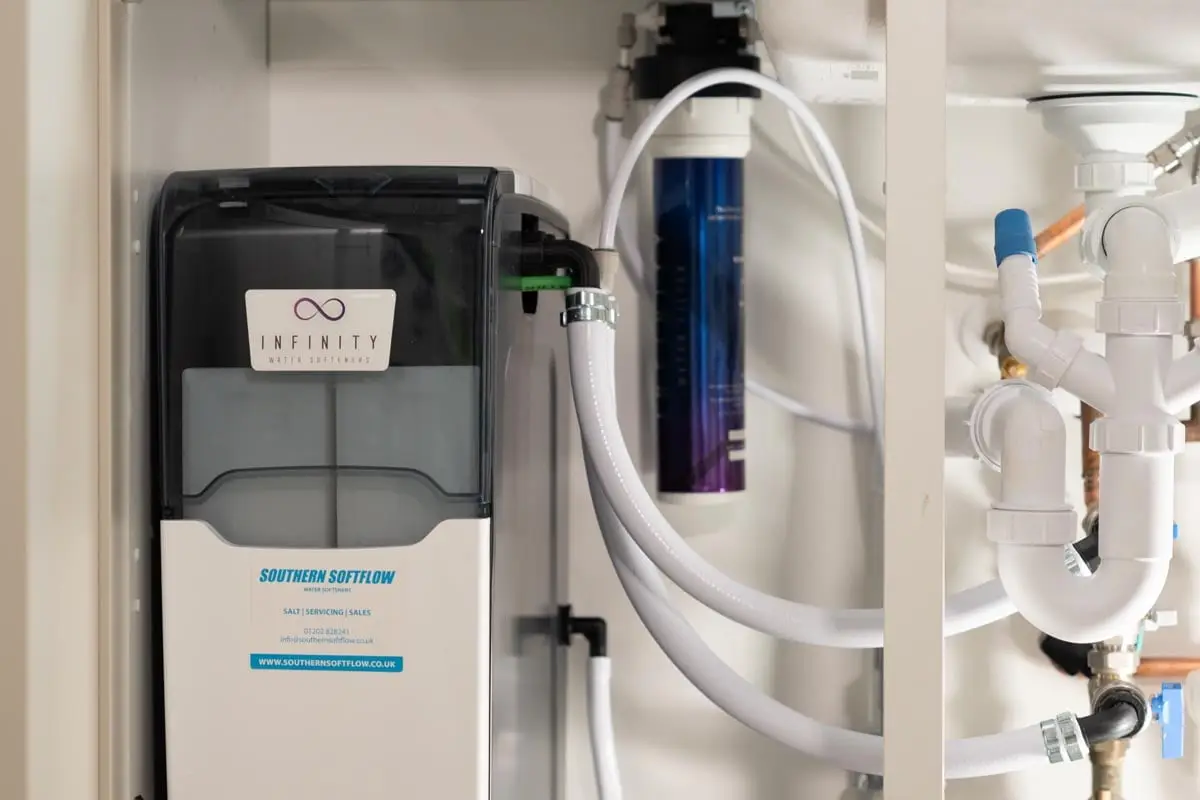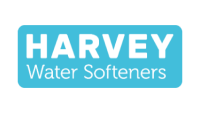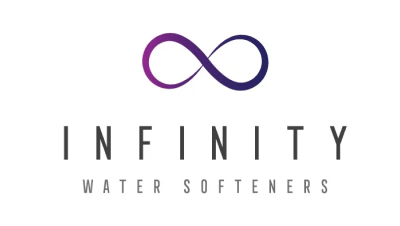Introduction
Ben recently attended AquaTech, an annual event that brings together water professionals from around the world to showcase new products and technologies and discuss the challenges of water treatment across the world… the sort of event that gets us quite excited!!!
One noticeable takeaway from the event was how many of the keynote speeches were dedicated to the challenge of PFAS and upcoming regulations. It was clear from this that there is enough evidence out there to suggest serious action needs to be taken in order to minimise PFAS exposure. In this post, we have looked at what is PFAS, what are the health concerns and what can be done to help at home.
What Are PFAS?
PFAS (Per- and Polyfluoroalkyl Substances) are a large group of manufactured chemicals used since the 1940s. They are a highly useful chemical due to their resistance to heat, water, and oil.
This makes them an obvious go to component for many day-to-day household products such as nonstick pans, waterproof or stain resistance clothing, food packaging, firefighting foams, cosmetics (especially long wear or waterproof varieties) as well as industrial processes.
Health Risks of PFAS Contamination
PFAS have been linked to several health risks, especially when exposed over long time periods and even at low levels.
Long-term exposure refers to repeated or continuous contact over an extended period, years or even decades. In the context of PFAS, it means being exposed regularly (often unknowingly) through contaminated drinking water, food, consumer products and dust or air near industrial sites.
There is evidence which strongly links long term exposure of PFAS to:
- Testicular cancer
- Thyroid disease
- Increased cholesterol levels
- Liver damage
- Fertility issues
- Harm to unborn children
This list of potential risks is significant and there are a large variety of ongoing research project on the affects. It is clear however that the research is substantial enough to have driven countries across the globe to act.
Regulation – What Action is Being Taken?
Many countries across the world are acting on PFAS whether that be through banning, restriction or monitoring.
France has been seen as leading the way on PFAS regulation based on its complete bans. Below is a table listing the action being taken in different parts of the world.
Many countries see drinking water as a specific concern. In the UK that can be seen from the action being taken. This in depth report from the Royal Society of Chemistry in the UK investigates PFAS in UK waters. More than a third of UK water courses exceed recommended limits. An interactive map has been created to allow you to Check PFAS in your Area.
The Impact of Regulation
PFAS is being taken seriously international and nationally however there are two concerns:
- What action will be taken – restriction/banning/monitoring
- How long will it take to come into effect
These two elements are being assessed by government. So, what can you do in the meantime?
What You Can Do
A helpful way to understand the PFAS impact on the water in your area could be to use the Royal Society of Chemistry Checker. You could also contact your local water board or check with the DWI (Drinking Water Inspectorate)to find out if you have a problem and if so, how much these forever chemicals could be affecting you.
One of the best ways to tackle this concern is to fit a water filter for your drinking water, such as activated carbon or reverse osmosis. The table below gives you a side-by-side comparison of the different types of filters available, however, it’s always best to have a chat with your local water expert who can guide you.
Other actions you can take at home include include avoiding non-stick pans, reviewing cosmetic products and avoiding those with “PTFE,” “fluoro,” or “perfluoro” in the ingredients and minimise grease resistant food packaging.
Conclusion
If you are concerned about your water and PFAS, we would recommend monitoring your area’s reports on the presence of these chemicals in your water and the regulation being brought in to mitigate them.
In our local area Wessex Water have published a summary on PFAS and the actions being taken, you can read the report by clicking the link below:
https://www.wessexwater.co.uk/your-water/water-quality/forever-chemicals
Living in Dorset, Hampshire and Wiltshire we enjoy a lot of benefits, however when it comes to water you may need some help. Southern Softflow are your local family run business who are happy to guide you. Whether you are looking to find a whole home solution, or would like to discuss the options for drinking water filtration, feel free to give us a call to find out more.

